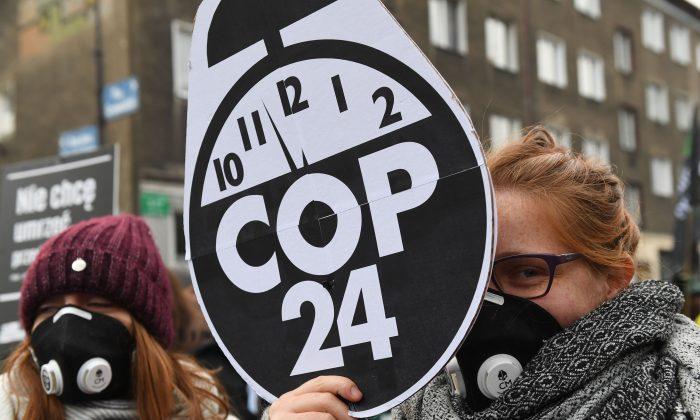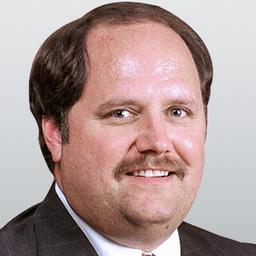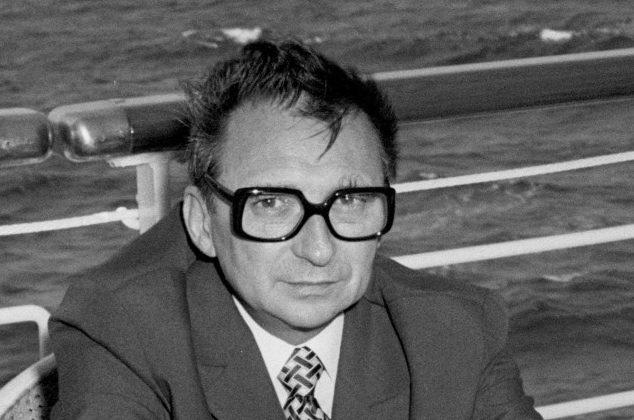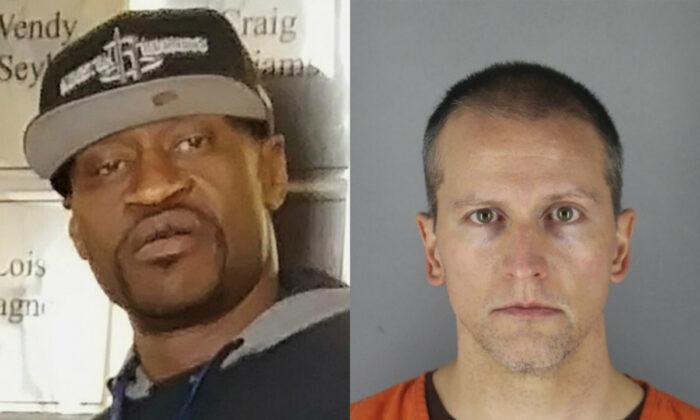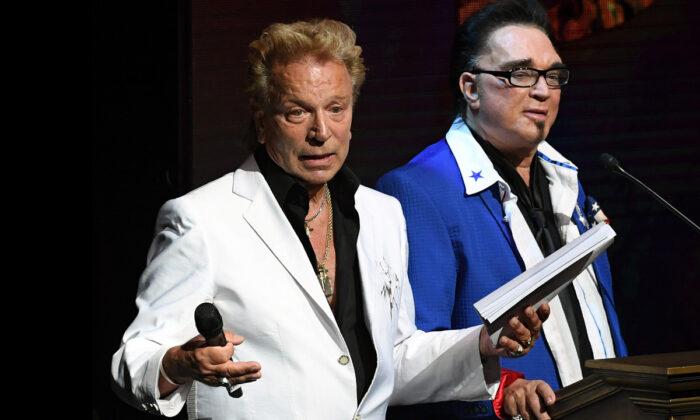Commentary
Earlier this month, delegates from almost 200 countries assembled in Katowice, Poland, for the 24th annual meeting (conference of parties) under the United Nations’ Framework Convention on Climate Change.
Along with this meeting came a new report from the U.N.’s Intergovernmental Panel on Climate Change (IPCC), which calls for carbon-emission cuts so dramatic that, according to the IPCC, they will require societal transformations without any known historical parallel.
Less noted, but worthy of serious consideration, was a counter-conference set up by the Heartland Institute just a few blocks away. Numerous speakers appeared at that live-streamed event, and they made the case that science doesn’t justify massive societal transformation to combat global warming.
James Taylor, a senior fellow for environment and climate policy at The Heartland Institute, explained that the reason for being in Poland was to push back on a “gathering of the world’s global collectivists, the climate totalitarians, the global ruling-class elites.”
At the counter-conference, the Nongovernmental International Panel on Climate Change (NIPCC) released a report (available at no cost on the internet) titled “Climate Change Reconsidered II: Fossil Fuels.” More than 100 scientists contributed to that almost 700-page volume, which assesses the costs and benefits of the use of fossil fuels (principally coal, oil, and natural gas) by reviewing scientific and economic literature on organic chemistry, climate science, public health, economics, human security, and theoretical studies based on integrated assessment models.
As a matter of full disclosure, I served as an uncompensated reviewer on two chapters in that volume. No, I am not a scientist. Nor is former Vice President Al Gore. Like him, I went to Vanderbilt University School of Law, while unlike him, I graduated. I then went on to teach environmental law to law students and graduate engineering students for a number of years. I have also written several articles and a book on the topic.
I have met many of the scientists who contributed to “Climate Change Reconsidered II.” They are serious science people. They are not spokespersons for industry; they haven’t made anything approaching the money that Gore and others have made by pushing a political agenda. They aren’t the ones saying “the evidence is in and the science is settled.” They want to keep studying and analyzing the findings. They are, well, scientists.
The NIPCC’s stated mission is to “objectively analyze and interpret data and facts without conforming to any specific agenda.” Being unaffiliated with any government, the NIPCC stands in contrast to the government-sponsored IPCC, which (according to the NIPCC) is “predisposed to believing that climate change is a problem in need of a U.N. solution.”
Reconsidering the Evidence
The “Climate Change Reconsidered” series of reports goes through thousands of studies from peer-reviewed scientific journals and casts serious doubt on climate-change orthodoxy. This latest report addresses issues including sea-level change, hurricanes, the shortcomings of climate models, the physics of weather, and weak or erroneous scientific conclusions that are too often cited in climate debates.If you remember back to high school, you probably learned (or should have learned) about the scientific method. The idea to develop a hypothesis, then run a test to try to disprove it (eliminating as many irrelevant variables as possible). The test should be repeatable by others.
Obviously, one can’t do a full-size experiment on the planet to prove or disprove the impact of carbon dioxide or other gases on the climate. As such, scientists have to turn to a less reliable (but still legitimate) way to approach the issue: environmental modeling. This involves developing the hypothesis and building a mathematical model based on it. The scientist then looks at the environment to see whether the model accurately reflects the data that can be measured.
In 1896, Swedish scientist Svante August Arrhenius developed the theory that “greenhouse gases” could act like a thermal blanket. If one compares 20th-century temperatures with carbon dioxide levels in the atmosphere, the two levels certainly seem to correlate.
There are, however, some serious questions about the timing of movements (which comes first, the temperature change or the change in CO2 concentration), the temperature increase that preceded the 1930s and industrialization, and the more recent “stall” in temperature increases.
None of the better-known models fully account for these departures from the projections. In other words, the models aren’t exactly correct. (By the way, while there is a logical hypothesis underlying the global warming theory, the same can’t really be said about generic “climate change.”)
So, without repeatable, falsifiable experiments to prove the science, and with questions about the models that have been constructed, it’s really not surprising to see a great deal of resistance to the findings of the IPPC. That goes double for its political and economic solutions.
One of the big problems with the topic of global warming/climate change is that the solutions all call for collectivist global solutions. In fact, according to its critics, the IPCC’s main focus seems to be directed toward advancing a political agenda rather than science.
Of course, if the world truly needs to reduce emissions on a massive scale, that may require a surrender of national sovereignty to a global authority, but does anyone think that is possible? The so-called “yellow vest” protests that turned areas of Paris into war zones, because of President Emmanuel Macron’s scheduled fuel-tax increase, would suggest otherwise.
Working at the edge of established human knowledge is difficult, but that is where climate scientists find themselves today. They are making recommendations that could impact how nature responds—and how people may have to live—for the foreseeable future. Given the magnitude of the issue and the uncertainty involved, everyone owes it to themselves to study the issue. One good way to start to is with the 26-page executive summary to “Climate Change Reconsidered II.“
Ronald J. Rychlak is the Jamie L. Whitten chair in law and government at The University of Mississippi. He is the author of several books, including “Hitler, the War, and the Pope,” “Disinformation” (co-authored with Ion Mihai Pacepa), and “The Persecution and Genocide of Christians in the Middle East” (co-edited with Jane Adolphe).
Views expressed in this article are opinions of the author and do not necessarily reflect the views of The Epoch Times.
